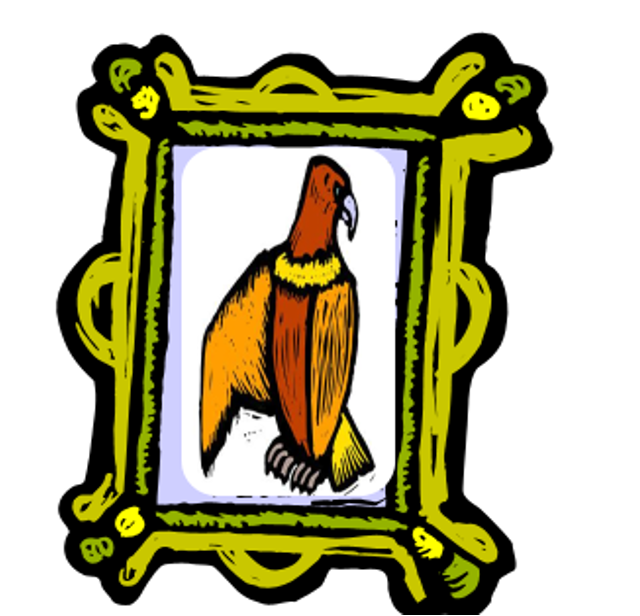We Care About Your Privacy
By clicking “Accept all”, you agree to the storing of cookies on your device to enhance site navigation, analyze site usage, and assist in our marketing efforts. View our Privacy Policy.
While learning new languages, a lot of information simply needs to be remembered, and we often have to combine new information with what we already know, using our working memory. For students with specific learning differences, such as dyslexia, retrieving information from the long-term memory can be slower or less effective, resulting in greater difficulties in learning. It is therefore vital to teach specific memory strategies.
Memory processes are complex, but in my experience, we remember better the things that we:
To help learners notice the written form of words, we can draw attention to their overall shapes and lengths, by blocking out the words on squared paper. Each letter has one square, except those that stick up or hang below the line, which have extra squares above or below to indicate that.
Understanding of new words can be enhanced by asking learners to translate them into their own languages. Is there a precise translation, or is it slightly different? Trying to explain any difference deepens their comprehension of the concepts in both languages. This concept is also called translanguaging.
Chunking words is a great way to develop a sense of how words connect to each other. Give the learners a group of words that they have met recently - about 10 or 12 for young learners is enough. Ask them to sort them into two groups according to any characteristic they choose (it could even be 'words I know well' vs 'words I don't know yet'). Then ask them to rearrange the words into three different groups, and then four different groups, using a different organising principle: same first sound, number of syllables, words that rhyme, semantic field, irregular past tenses/plurals or whatever patterns they see. The more they have to process the multiple characteristics of the words, the more connections they will make, and the better they will remember the words.
The resource accompanying this article describes how to run an activity called Memory pictures, which incorporates noticing, understanding and connecting. This is a technique that can work well for learners who have good visualisation skills and lively imaginations. It works by encouraging students to think about the sound of a new word, consider if it sounds like any word in another language they know, and then connect the two concepts in an image.

The example here shows an eagle looking at itself in a Spiegel (mirror in German). The quality of the picture is not important; it is the process that the learner goes through that is most valuable, rather than the product. So even if the learner is not a great artist, this technique can be helpful. These memory pictures may also be shared with others, thus sparking a discussion, which could also reinforce the learning.
The repetition element can be achieved in any number of ways; songst and games are ideal means of repeating words without them becoming tedious. As teachers, we need to offer our learners a range of techniques, in order that every student finds ways that work for them. As memory is so crucial to learning a language (as well as for functioning effectively in everyday life), it is well worth spending a few minutes in class working on developing these techniques.
Smith, A. M. (2017) Including Dyslexic Language Learners. Lancaster: ELT well. [available from www.ELTwell.com] A selection of activities to develop cognitive function and support language learning at the same time.
Truly inclusive practice extends beyond adapting materials or managing the classroom so that everybody can access the course content. It is about building a classroom culture where everybody genuinely respects and supports each other, and embraces the diversity inherent in our communities. This is more easily achieved if the members of the group understand themselves well, and what makes them different from each other.
There are many similarities between music and language, in the way they are organised, processed and produced. Music therefore has enormous potential as a language-learning tool, and one that can be appealing to even the least engaged or confident learners.